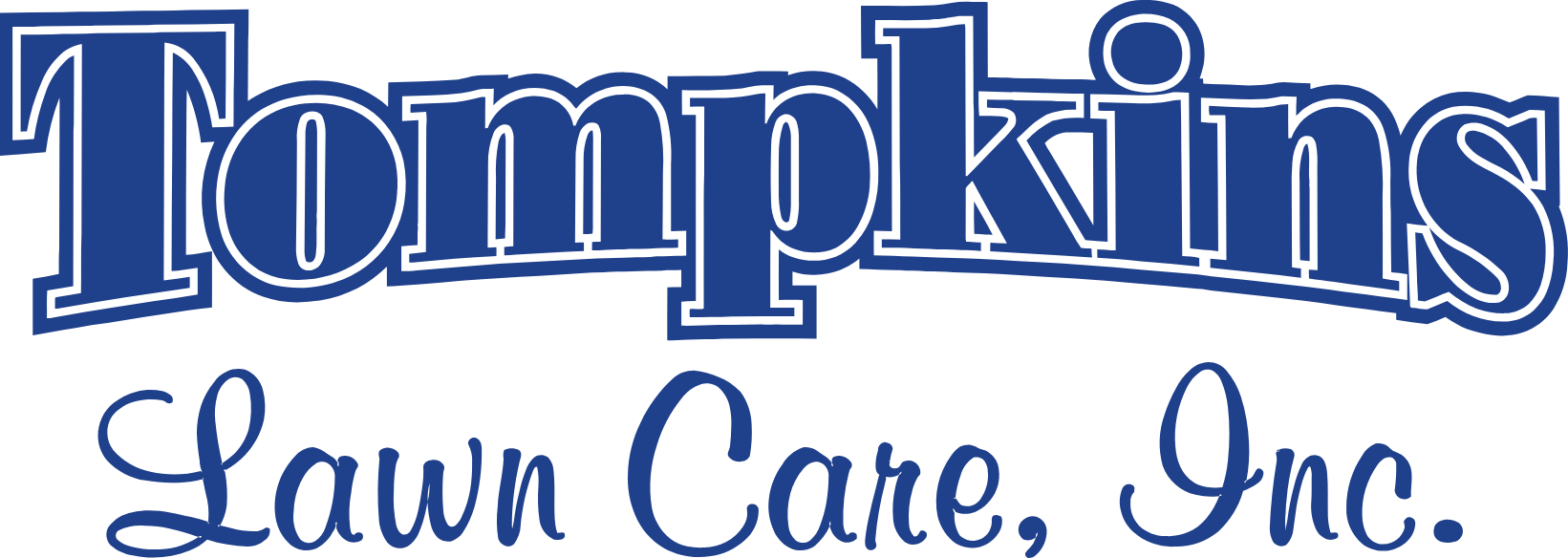1 minute read
Question & Answer
Weed Control Question/answer
Q. What is this tall clumpy weed that is spreading?
A.) It’s tall fescue, A hearty turfgrass that is widely used in seed mixes for vegetative cover in waterways, roadways and in housing developments prior to new home construction.
Tall fescue is a deep rooted, hearty turfgrass that thrives in poor soil and hot weather. Bluegrass (local sod for sale) is a cool season grass that does poorly in inorganic soil without irrigation. When Bluegrass struggles in heat and/or goes dormant, the underlying tall fescue will push through. If the site is not fertilized, tall fescue will spread. When the bluegrass growth slows or dormancy begins with warmer and dryer weather in summer, tall fescue will become more apparent because there is no competition from the weaker plant. Because tall fescue does well in these conditions it will continue to spread as the bluegrass declines.
As a turfgrass, there really isn’t a good solution for eradication once it has been introduced and allowed to spread. Selective control requires many follow ups and has varying results, ineffective when considering the environmental impact and expense. If this scenario goes unchecked, it may be necessary to kill it off and start over or simply accept the diversity.
Aeration Question/answer
Q. Why should I aerate?
A.) The benefits from core aeration are multi-layered and it is the best singular thing you can do to protect your turfgrass from the many uncontrolled variables that put the lawn at risk. The largest, singular variable we cannot control is the climate. And no matter what time and money has been spent to improve turfgrass, climate conditions will always be the final factor that determines the level of success. A common problem that affects bluegrass sod is pressure from fungal diseases and the best natural defense against this is aeration. In addition are the more obvious benefits of core aeration such as increased oxygen and nutrients to the root system, promoting deeper root development, making the turf stronger, controlling thatch by composting the soil plugs and building more organics in the soil.
Mowing Question/Answer
Q.) My lawn is being fertilized too, why does John’s lawn look better?
A.) Mowing plays a huge role in a successful lawn management program. Time and money spent to fertilize and improve a site can be quickly erased by mowing it incorrectly. Mowing will stimulate growth in turfgrass and if done properly, mowing helps to create a thicker, denser stand of grass. Conversely, improper mowing can cause damage to turfgrass. If you think your mower might be too big, it is. Even on flat surfaces, every movement, start, stop, turn, etc. causes damage and this increases exponentially when on any incline. Mowing should be done often enough so as not to remove more than one-third of the total leaf surface; this is known as the “one third rule”. Removing more than one-third of the leaf’s surface causes injury. As a result, the turfgrass will come under stress and will likely be infected with a fungal disease. When combined with sterile soil these issues cause significant problems. Healthy, growing turfgrass can regrow or “heal” from damage or disease while lawns that are under stress will not have the energy to regenerate and recover. When shaded areas are mowed at the same frequency as sunny areas, the stress from mowing is often too much. Grass growing in shade doesn’t have energy to stimulate new growth or recovery. It becomes death by one thousand cuts. Overseeding will grow initially but will result in the same fate. It is better to recognize that these areas do not need to be cut in the first place and keep off what doesn’t need to be cut.
Weed Control Question/Answer
Q.) I am against chemicals but these dandelions! How can I enjoy my property and still sleep at night?
A.) You can be environmentally responsible and yet still enjoy a property that is inviting and not as…colorful. In turfgrass management, competing turfgrass is the “defense”. Fertilizers are natural elements that cause turfgrass to grow and to improve density. Dense turfgrass stays weed free through competition, significantly reducing or eliminating the need for herbicides.
Weeds thrive in the same conditions that cause turfgrass to decline so you can see how a bad problem gets worse. Healthy turfgrass provides a consistent ground cover that prevents the establishment of weeds. This can be achieved with the use of natural elements within fertilizer, annual aeration and mowing. If a weed seed blows in from the neighbor or from across town, it can be spot sprayed as one, singular plant before the need arises to blanket the entire area with pesticides.
I want a nice lawn but…?
Q.) How can I have a manicured lawn without harming the environment?
A.) You can eat your cake and have it too. This is where practical experience and knowledge of the natural process come into play. Providing nutrients, natural elements found in our fertilizers, we promote turfgrass to do exactly what it wants to do…become a groundcover. Once this occurs the reliance upon chemical pesticides is reduced significantly and you have a beautiful and functional landscape. All soil contains weed seeds that when given warmth, water and sun, will grow. This is nature’s protection against erosion and a natural way to keep waterways clean from silt and pollutants.
Fertilizer gets a bad rap, but remember, there is a big difference between the responsible use within the green industry and agricultural use of fertilizers and pesticides. Although some of the active ingredients are the same, the use is entirely different. In agriculture, specifically row crops, fertilizers are applied directly to bare soil with no vegetative filter, and everything flows downhill to the lowest water source. Additionally, hog confinements and other Meat Factories are huge contributors to the nitrate problem and rising cancer rates in Iowa. Written in the Des Moines Register September 15th, 2017 “Iowa has about 5,000 more pig confinements and cattle lots across the state than originally believed……. That’s nearly 50 percent more animal feeding operations than the state initially inventoried.”. At that time, a 1000 head hog confinement could go unregulated and did not need to comply with state manure licensure. It is situations like these that cause nitrate problems not lawn fertilizers.
Don’t Fool Around
Utilizing practical experience, paying attention to and understanding how nature works is the basis of successful Integrated Pest Management or IPM. When working with nature rather than against nature, you will notice, a gentle nudge is all that is required to change the course. Understanding the cause of current conditions is the first step in formulating a strategy to implement improvement. For instance, when turfgrass fades out in a shaded location, many people put down more grass seed, repeatedly. Instead, recognize the reason the grass failed. Turfgrass does not grow in shade so why assume that new seed is going to offer a different fate than the stronger, mature plant that died? Knowing the grass died because it is too shady, look for ways to change the overall conditions that caused the problem. Look up, prune the trees causing the shade. If that does not work, think about landscape plantings suited to the location instead of turfgrass. Options abound, however, do not expect a different outcome unless you change the variable that created the problem.
Can I just order weed control?
Q.) We only want weed control, is that possible?
A.) Successful weed control begins with fertilizer and building thicker turfgrass. We can spray the weeds, and they will die but unless we improve the turfgrass, the weeds will come right back. This creates a situation where the continuous use of pesticides is required. Alternatively, if the turfgrass is improved, using natural elements in our fertilizer, core aeration and proper mowing techniques, we can increase the vigor in the turfgrass, and the competition prevents weeds without having to blanket the site with pesticides time and time again.

